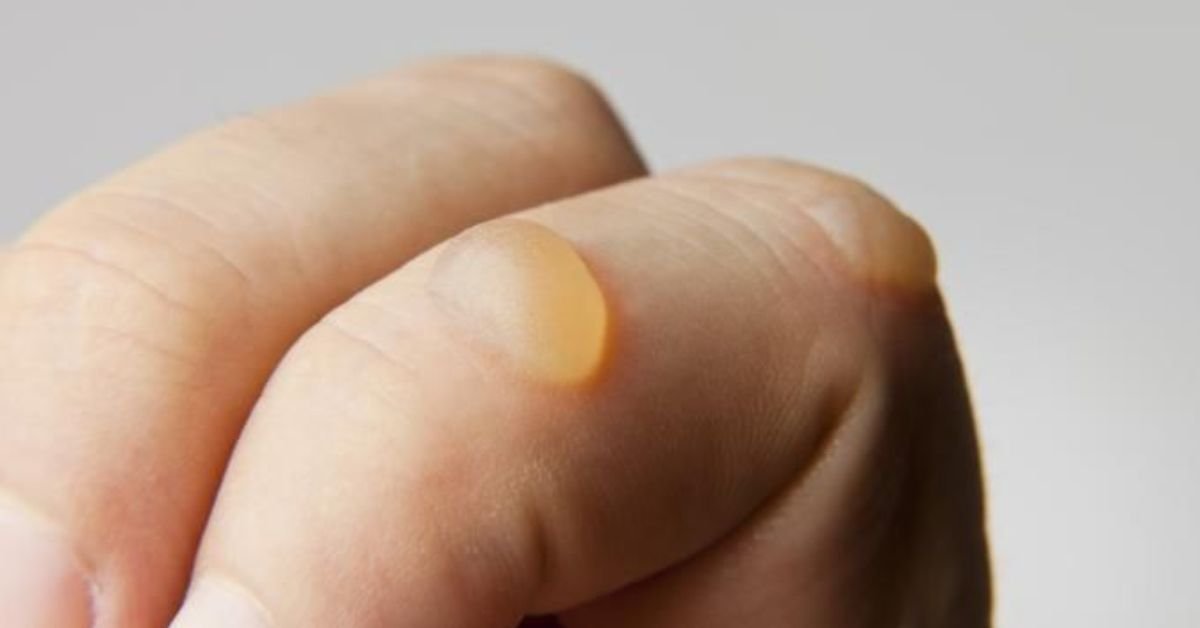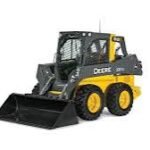Introduction
Blisters are a common and painful issue caused by friction, burns, or other skin irritations. They can occur during physical activities, while wearing new shoes, or due to prolonged exposure to heat or chemicals. While blisters may seem minor, improper treatment can lead to infection and prolonged discomfort.
Blisterata offers a comprehensive approach to treating and preventing blisters effectively. In this guide, we’ll explore blisters, how Blisterata works, and the best ways to manage and avoid them.
What Are Blisters?
Blisters are small, fluid-filled pockets on the skin’s upper layers. They develop due to friction, heat, or exposure to harmful substances. The fluid inside a blister, usually serum, is a cushion to protect the underlying tissue from further damage while the skin heals.
Types of Blisters:
- Friction Blisters: Formed by repeated rubbing, typically on the feet or hands.
- Burn Blisters: Resulting from heat, sunburn, or chemical exposure.
- Blood Blisters occur when blood vessels are damaged beneath the skin, causing a painful blood-filled bubble.
Each type of blister requires careful treatment to avoid infection and accelerate healing.
What is Blisterata?
Blisterata is a trusted solution for treating and preventing blisters. It is suitable for all blisters and is designed to relieve pain, reduce inflammation, and promote faster healing. Blisterata soothes the affected area and creates a protective barrier to prevent further irritation.
Key Features of Blisterata:
- Rapid Pain Relief: Reduces discomfort and swelling.
- Promotes Healing: Accelerates the natural recovery process.
- Protective Barrier: Shields the blister from external friction and bacteria.
- Easy Application: Convenient and suitable for both adults and children.
Whether dealing with a blister caused by new shoes or an outdoor adventure, Blisterata provides quick and effective relief.
How to Treat Blisters with Blisterata?
Treating blisters properly is essential to avoid complications like infection. Here’s a step-by-step guide to using Blisterata for effective treatment:
Clean the Affected Area
Before applying any treatment, wash the blister and surrounding skin with mild soap and water. Gently pat dry with a clean towel. Keeping the area clean prevents bacteria from entering the blister and causing infection.
Apply Blisterata
Apply a thin layer of Blisterata directly to the blister. It provides instant soothing relief and creates a barrier to protect the skin from further irritation.
Cover with a Bandage
Cover the blister with a sterile bandage or blister-specific adhesive to protect it from friction and dirt. This prevents the blister from popping, which could lead to infection.
Avoid Popping the Blister
If possible, avoid popping the blister. The fluid inside helps the skin heal faster. However, if the blister is large or uncomfortable, it may be necessary to drain it carefully with sterilized tools.
Monitor for Signs of Infection
It may be infected if the blister becomes red, swollen, or filled with pus. In such cases, consult a healthcare professional for further treatment.
How to Prevent Blisters with Blisterata?
While treating blisters is important, prevention is always better. Here are some key strategies to avoid developing blisters, particularly when engaging in activities that may cause friction or irritation:
Wear Proper Footwear
Ill-fitting shoes are one of the most common causes of friction blisters. Wear shoes that fit well to prevent this, especially when exercising or walking for long periods. Break in new shoes gradually to avoid blisters on your heels or toes.
Use Blisterata Before High-Activity Events
If you know you’ll be walking or running for extended periods, apply Blisterata to areas prone to blistering, such as your heels or palms. The protective barrier will reduce friction and help prevent blisters from forming.
Keep Feet Dry
Moisture increases friction, leading to blisters. Wear moisture-wicking socks to keep your feet dry, and change them if they become sweaty. You can also apply footpowder to reduce moisture further.
Wear Protective Gloves
For activities that involve using your hands, such as hiking with poles or weightlifting, wear gloves to protect your skin from friction and reduce the likelihood of developing blisters on your palms.
Home Remedies for Blister Care
While Blisterata is an excellent solution for blister treatment, there are additional home remedies that can help manage discomfort and speed up healing:
Aloe Vera
Aloe vera has anti-inflammatory properties that soothe the skin and reduce swelling. To relieve a blister, apply aloe vera gel directly to it.
Green Tea
Soak a green tea bag in warm water and place it on the blister. Tea’s antioxidants and anti-inflammatory compounds help promote healing and reduce pain.
Epsom Salt Soak
Soaking the blister in warm water with Epsom salt can help draw out fluids and speed healing. It also cleans the affected area and reduces the risk of infection.
Coconut Oil
Coconut oil is a natural moisturizer with antibacterial properties. Applying it to the blister can prevent infection and keep the skin hydrated.
Frequently Asked Questions (FAQs)
What should I do if a blister pops?
Clean the area immediately with mild soap and water if a blister pops. Apply Blisterata to protect the wound and cover it with a sterile bandage. Avoid removing the skin flap, which can act as a protective layer.
How long does it take for a blister to heal?
Most blisters heal within 1-2 weeks, depending on the size and severity. Blisterata can accelerate the healing process by protecting the skin and preventing infection.
Can I use Blisterata on open blisters?
Yes, Blisterata can be applied to open blisters. It helps protect the wound from bacteria and promotes faster healing.
Is it safe to drain a blister?
It’s generally better to avoid draining a blister. However, if it’s large and causing discomfort, you can drain it carefully with a sterilized needle. Clean the area thoroughly and apply Blisterata afterwards to prevent infection.
How can I prevent blisters during long hikes?
Before going on a long hike, wear well-fitted, broken-in hiking boots and moisture-wicking socks. Apply Blisterata to blister-prone areas for extra protection, and consider using blister pads or moleskin for high-friction areas.
Can blisters become infected?
Yes, blisters can become infected if bacteria enter through a break in the skin. Signs of infection include redness, swelling, pus, and increased pain. In such cases, seek medical attention.
Conclusion
Blisters are unfortunate but common occurrences for many people. They can be painful and disruptive, caused by friction, burns, or other factors. Blisterata offers a simple yet effective solution to treat blisters, prevent them, and manage the pain they cause.
Applying Blisterata and following proper prevention techniques can keep blisters at bay so you can enjoy your activities without discomfort.
If you’re looking for a reliable method to treat and prevent blisters, Blisterata is your go-to solution. Say goodbye to painful blisters, and hello to comfort and protection!
Latest post!
- Whatsapp Just Launched Exciting Design Changes and Fun New Features for Chats!
- Locksmith Soho NYC: Ensuring Your Security with Trusted Locksmith Services
- The Ultimate Guide to Toilet Leakage in Singapore What Every Homeowner Needs to Know
- Technical Insights: Pipe and Sewer Unblocking Services in Barcelona
- How to Choose the Right Skid Steer Size for Your Project
- Naomi Swap: A Revolutionary Concept Changing How We View Fashion









